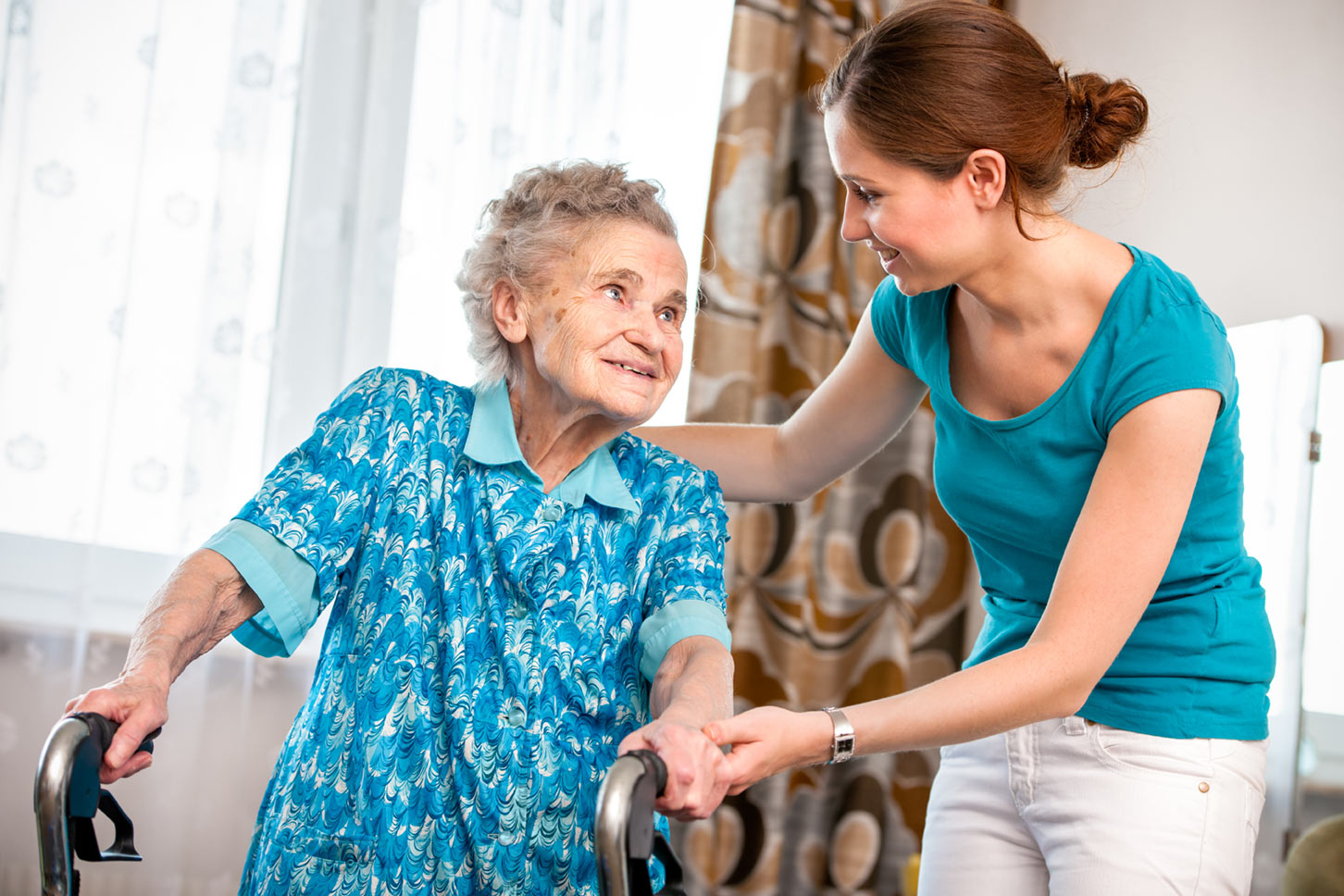What trends are we likely to see in seniors assisted living facilities and professional elder-care centers this year and in the near future? A changing economy, evolving challenges and advancement in technology are some of the things that are fueling change in this industry. See our 7 predictions on the future of elderly care.
1. Decline of the nursing home care model
In yesteryears, senior housing was almost synonymous with nursing homes. But we are seeing a change from that as more housing options such as independent living, memory care, and home care come into the picture. This trend has been going on for some time now, and it’s not likely to slow down any time soon. Industry analysts are already predicting that the ever-increasing cost of skilled nursing care and policy changes related to Medicare and Medicaid will accelerate this trend.
2. Eco-friendly senior living
Green senior housing is becoming more and more in-demand. Eco-friendly senior living allows seniors to be environmentally-minded during their golden years. It includes buildings that are eco-friendly and lighting appliances that save money in the long run and leave the environment better.
To be considered eco-friendly, more senior living communities are working to :
- Meet the EPA’s Energy Star standards
- Implement measures to conserve water
- Improve buildings’ weatherization
- Improve indoor air quality
- Take advantage of renewable energy sources such as solar and wind
As more eco-conscious baby boomers reach the age of retirement, assisted living communities that are adopting these measures will see an increase in residency.
3. Rise of technology-based senior care
You probably saw it in the news – personal care robots that interact with seniors. Already being used in some countries, these are changing eldercare as we know it. In Japan, robots provide animal therapy, conduct classes, and keep seniors entertained.
Even better, robots are not the only technology that’s changing service in this sector. From computer systems that track medications and software programs that enhance organization, there are many options to improve the health and qualify of life of caregivers at our fingertips.
4. Booming home-health care
There’s an ever-increasing number of seniors who are keen to remain at home for as long as they can. According to the U.S Bureau of Labor Statistics, there’s going to be a 70% growth of jobs for home health and personal care aides over the next 10 years.
For individuals who do not need comprehensive care, aging at home can be a friendly and less-expensive option. Civic planning and improvements in technology are doing a lot to facilitate ‘aging in place’.
5. Seniors will go high-tech
Just like everyone else, seniors are opening up to technology. In 2018 and beyond, more companies will focus on producing wearable technology and other useful tools for seniors. We will see more remote controls for doors, windows, and lights. Mat sensors that can detect falls or send an alert when a patient moves closer to the edge of a bed will also make life easier for both caregivers and seniors.
6. Automation will ease the burden of caregivers
Technology platforms and various software are allowing home care agencies to better manage caregivers and provide improved service to seniors. Both family and professional caregivers will leverage apps and tools to monitor seniors and ease the burden of caregiving. Caregiving agencies will leverage robots and other technology that makes it easier for staff to bend and lift. The low supply of skilled caregivers, coupled with the high demand for these services as the world’s population ages, will promote automation in senior living homes.
7. Assisted living communities will become more person-centric
In the recent past, we saw a situation where ‘old folks’ spent their days passively with very little social interaction. That’s no longer the case. Assisted living centers are offering residents a wide range of opportunities for varied activities. The need for person-centric care is influencing the design and functioning of assisted living centers today. 2018 and beyond will see more senior living communities that are meant to appeal to the needs of specific groups. For instance, we are going to see more assisted living communities that are meant for use by LGBT seniors, and particular groups such as Asian-Americans. These will allow for seamless integration of cultural events and other activities that appeal to niche groups.
Have you seen any new trends in this industry that we may have missed? Let us know.






